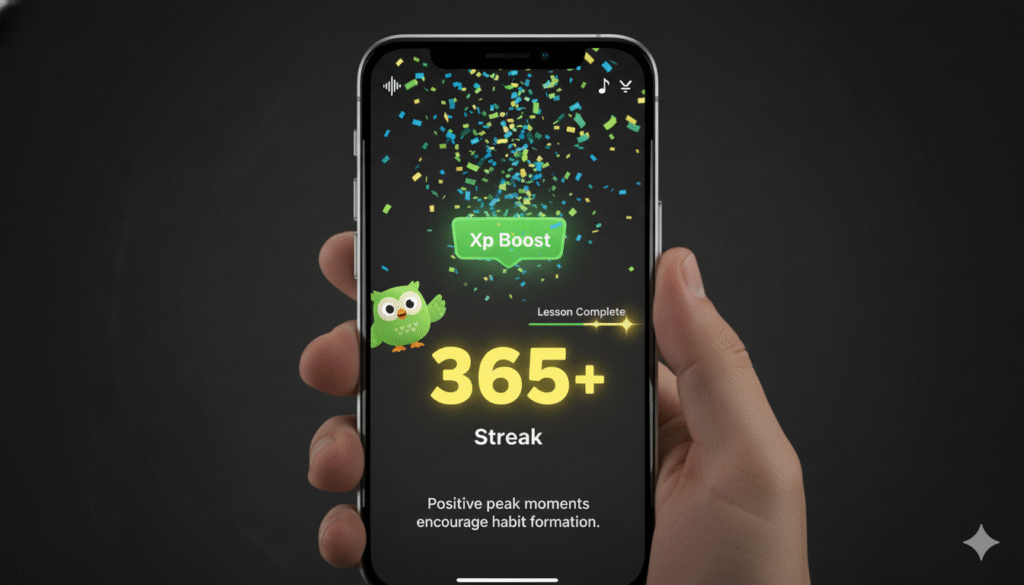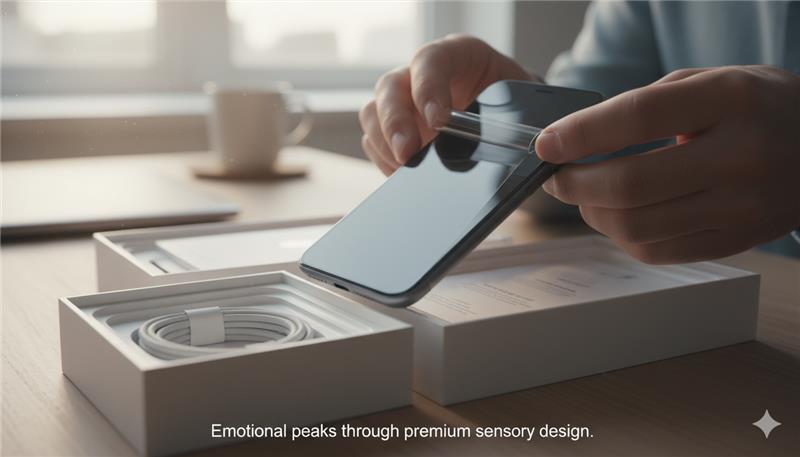The Peak–End Rule: Why Users Remember Moments, Not Averages
Introduction
Have you ever left a website or app and thought, “That was nice,” or “Never again” — even though most of the experience felt fine?
That memory wasn’t shaped by the whole journey.
It was shaped by two key moments: the peak (the most intense point) and the end (how it finished).
This is the essence of the Peak–End Rule, a concept introduced by psychologist Daniel Kahneman and his colleague Barbara Fredrickson in the early 1990s.
It states that:
“People judge an experience largely based on how they felt at its most intense point and at its end — rather than the total sum or average of every moment.”
In UX, this means users don’t remember everything you designed.
They remember how your product made them feel — especially at the highs and the finish.
That memory wasn’t shaped by the whole journey.
It was shaped by two key moments: the peak (the most intense point) and the end (how it finished).
This is the essence of the Peak–End Rule, a concept introduced by psychologist Daniel Kahneman and his colleague Barbara Fredrickson in the early 1990s.
It states that:
“People judge an experience largely based on how they felt at its most intense point and at its end — rather than the total sum or average of every moment.”
In UX, this means users don’t remember everything you designed.
They remember how your product made them feel — especially at the highs and the finish.
The Psychology Behind It
Kahneman’s experiments revealed that people’s memories of experiences are biased toward emotional peaks (positive or negative) and the final moments.
Our brains don’t store experiences linearly — we store snapshots that summarize the entire event.
This is why:
Our brains don’t store experiences linearly — we store snapshots that summarize the entire event.
This is why:
- You might remember the most exciting part of a movie and how it ended, but forget the middle.
- A frustrating checkout step can ruin an otherwise smooth shopping experience.
- A delightful animation at the end of a task can make a dull process feel rewarding.
Real-World UX Examples of the Peak–End Rule
1. Duolingo’s Streak Celebration

When you complete a lesson, Duolingo doesn’t just show “Lesson Completed.”
You get confetti, sound effects, and your streak number lighting up.
That emotional high creates a positive “peak” — making users feel accomplished and more likely to return.
The experience itself (the exercises) may be repetitive, but the peak at the end of each session anchors joy and motivation.
That emotional high creates a positive “peak” — making users feel accomplished and more likely to return.
The experience itself (the exercises) may be repetitive, but the peak at the end of each session anchors joy and motivation.
2. Apple’s Unboxing Experience

The first few seconds of opening an Apple product are almost ritualistic — the slow slide of the box, the minimalist layout, the neatly coiled cables.
Apple designed this peak moment to define their brand’s emotional tone.
Even before the device powers on, you feel premium quality.
That emotional “peak” sticks in memory far longer than the specs ever will.
Apple designed this peak moment to define their brand’s emotional tone.
Even before the device powers on, you feel premium quality.
That emotional “peak” sticks in memory far longer than the specs ever will.
3. Netflix’s End Experience

When a show ends, Netflix immediately rolls credits and previews the next episode with upbeat music.
This seamless continuation prevents the emotional drop after finishing a good episode.
That positive end experience keeps users bingeing longer and associates Netflix with smooth, satisfying transitions.
This seamless continuation prevents the emotional drop after finishing a good episode.
That positive end experience keeps users bingeing longer and associates Netflix with smooth, satisfying transitions.
Why It Matters in UX
The Peak–End Rule teaches designers that user perception is emotional, not statistical.
Even if 90% of the journey is average, a single emotional high or poor ending can define the entire experience.
Designers should therefore:
Designers should therefore:
- Identify key moments of intensity in the user journey.
- Create small delights or surprises at completion points.
- Ensure endings feel rewarding and resolved, not abrupt.
- Manage pain points strategically — users forgive small frustrations if the ending redeems them.
Key Takeaways
- Users remember moments, not averages.
- The peak and end shape long-term perception.
- Emotional design is more powerful than functional design alone.
- Great UX isn’t about consistency alone — it’s about emotional rhythm.
Conclusion
The Peak–End Rule reminds us that memory is designed by feeling, not function.
Your users won’t remember every screen or click — they’ll remember the moment that made them smile and the way it all ended.
As UX designers, our job isn’t just to make things usable — It’s to make sure the story ends beautifully.
Because the end is what it stays.
Your users won’t remember every screen or click — they’ll remember the moment that made them smile and the way it all ended.
As UX designers, our job isn’t just to make things usable — It’s to make sure the story ends beautifully.
Because the end is what it stays.